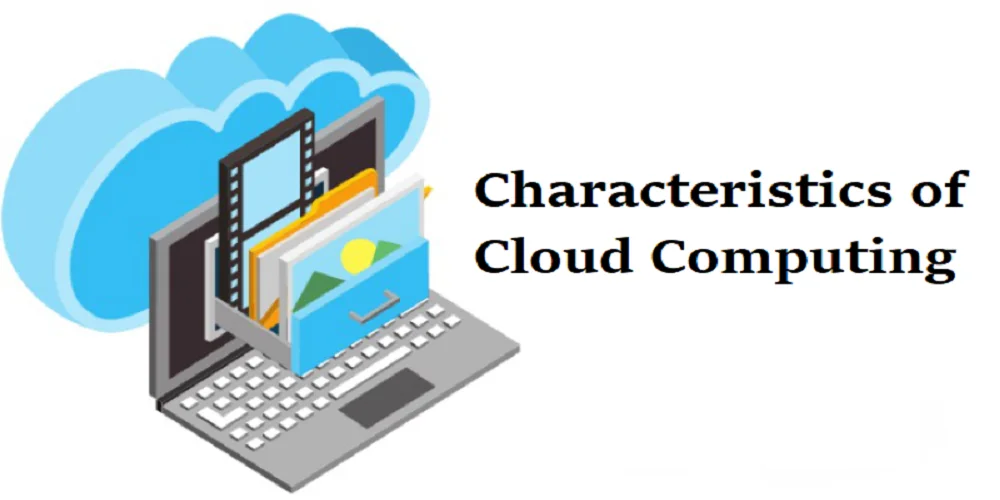Cloud computing, because of virtualization, is a technology that is expected to become widely used in the information technology sector. There is a tendency for all kinds of settings that are not cloud-based to go into cloud computing since cloud computing is likely to be a significant business in the information technology areas. Java applications that are now being deployed in environments that are not cloud-based are also often deployed on Java platforms that are designed for cloud computing.
Java programs running on cloud platforms are more susceptible to several problems than those running on non-cloud systems throughout this process. According to the findings of this investigation, one of these critical problems is a performance problem. As a result of the framework and application standards, the performance for a building scalable Java applications that is deployed on a Java cloud, as opposed to a platform that does not use the cloud, is lower.
Cloud System Already in Place
Considering the point of view regarding data security, which has always been an essential element of the nature of management, Cloud Computing indeed poses new challenging security risks for several causes.
Right from the start, traditional cryptographic primitives with the ultimate aim of information security insurance cannot be directly adopted because customers have a greater degree of control over their information when it is stored in the cloud. As a consequence of this, it is necessary to control the validation of the correct information accumulation in the cloud without explicitly memorizing all of the information. The problem of validating the correctness of information storage in the cloud becomes considerably more complex.
Additionally, cloud computing is not only a distribution point for information from the outside looking in. The information that is stored in the cloud may be updated as often as possible by the customers. This may include the addition of new information, the deletion of existing information, adjustments, additions, reordering, and so on. Because of this, it is of the utmost importance to ensure that the stockpile accuracy is maintained under pressure from solid information refresh.
Even though these techniques can help ensure that the capacity is correct without allowing clients to access information, they are not capable of addressing all of the security risks associated with cloud data storage. This is because they primarily focus on situations involving a single server, and a significant number of them do not take dynamic data operations into account.
Positive Features: Characteristics of Cloud Computing

1. Service-Based
Concerns from customers are kept separate from those of suppliers at all times by using service edges that are clearly defined. The edges conceal the particulars of the process and make it possible for the service provider to respond to the service consumer in a manner that is entirely computerized (fully automated).
2. Elastic
The service can adjust its capacity in response to changes in customer demand at the pace of complete automation, which may range from a few seconds for certain services to many hours for others.
3. Shared
To achieve efficiencies of scale, services share a pool of assets. IT resources are used in the most effective manner possible. In most cases, the users of the service are unaware of the fundamental infrastructure, applications, or technologies that are shared via the service. In this way, underutilized resources can fulfill the requirements of several customers at the same time, helping to maximize efficiency.
4. Metered by Use
To facilitate a variety of payment structures, services are monitored using consumption metrics. The service provider has a usage accounting model that can be used to measure the amount of time that the services are being used. This information can then be utilized to develop various pricing plans and models. Plans that are pay-as-you-go, memberships, set plans, and free plans are examples of these types of programs.
Duties of a Java Cloud Developer
The actual activities and duties that are needed by Java Cloud Developers might vary significantly from one another. However, the following is a list of some of the most typical and particular things that developers who work in these roles are expected to complete.
- The thought process of the architectural design for the application or functioning.
- Developing web apps that are built on Java that are both dependable and user-friendly.
- Architectures and ecosystems for Amazon Web Services (AWS) are designed and implemented.
- Native cloud app designs or optimizing the performance of apps for cloud platforms are both examples of what is being designed.
- Collecting needs and project specs for cloud applications.
- Depending on the requirements of the project, we use Java J2SE, J2EE, and Spring.
What are the Significance of Java and Cloud Accounting?
It is widely acknowledged that cloud computing is a breakthrough technology since it relieves companies of the burden of maintaining their servers, paying for an overburdened information technology staff, and being responsible for cybersecurity in an environment where the security landscape is always shifting.
The fundamental reason why cloud computing, in general, and software as a service (SaaS) mainly, have grown into indispensable technologies for contemporary businesses is because of the advantages that they provide.
Furthermore, while the market for cloud computing has been expanding consistently since the middle of the 2000s, the COVID-19 problem has significantly expedited cloud adoption in a range of industries, including the healthcare industry, the insurance industry, and the financial sector.
There has been a massive rise in the response to cloud computing due to the phenomenon of working at home. At a time when an important part of the workforce was working from home for the very first time in history, they needed to be able to access papers, apps, and sensitive material while they were working from home.
Many industry professionals believe that the market for cloud computing will keep increasing at a rapid pace over the next ten years. Additionally, it is anticipated that the Java programming language is going to play an important part in the creation of software for cloud computing.
Number of Advantages of Using Java in Cloud Computing

The durability, portability, and widespread community support that Java offers make it an excellent choice for leveraging the promise of cloud computing. To get the best possible outcomes, you should think about forming a partnership with a Java web development company that specializes in maximizing the potential of Java for the creation of online applications.
1) In cloud computing, the usage of Java provides a plethora of advantages which is the potential to significantly improve the speed and flexibility of your applications. Java, which is a programming language that is both powerful and adaptable, interacts with cloud computing technologies in a fluid manner, which is one of the reasons why it is a popular option among both developers and businesses.
2) The flexibility of running Java applications without making any modifications to the code or settings is something that developers may take advantage of by using Java. In addition, Java applications can accommodate a more significant number of requests, which allows them to take advantage of the flexibility offered by cloud platforms.
3) Several advantages come with running Java programs on a variation of operating platforms and hardware versions. The first benefit is that it removes the need to develop or maintain different codebases on every platform, which saves both time and unnecessary work. The second benefit is that it guarantees a seamless user experience by ensuring constant behavior and performance across a change of applications and situations.
4) Additionally, Java’s independence from platforms enables simple scalability and adaptability. Applications may be put into the cloud smoothly and scaled up or down on a diversity of cloud platforms according to individual requirements.
5) Utilizing Backend as a Service allows for the elimination of the traditional complications that are associated with backend development. Developers are now capable of concentrating only on the front end of the application, which will result in a more streamlined user interface and an improved experience overall.
6) One kind of online application is known as a stateless web application, which does not save any state information among queries. The usage of cloud computing allows it to be simpler to scale a web application since it enables several servers to handle requests without requiring them to communicate with one another.
7) Regardless of the framework that is used inside it, a Java application that is placed in a cloud environment is anticipated to be an application that can provide satisfactory performance. From the user’s perspective, programs should be dependable to use and should load in a shorter amount of time. For developers to meet these types of expectations, they need to come up with solutions to significant problems such as performance problems.
8) When an application is built using a specific framework, the program’s performance, dependability, and security are all dependent on the framework that was used to build the app.
9) Your Java code should be optimized for cloud settings, which is another critical issue to consider. To do this, it is necessary to create efficient algorithms, minimize the use of resources, and reduce latency.
Final Thoughts
Java and Cloud Computing is an excellent method for enhancing both the efficiency and the effectiveness of your organization. The numerous benefits that cloud computing offers will be available to businesses that can effectively embrace it and make use of its numerous benefits. The realm of cloud computing is continuously evolving and expanding at a fast rate. It can provide new possibilities for companies as well as the potential to disrupt many of the existing business models that have been used in the past.





